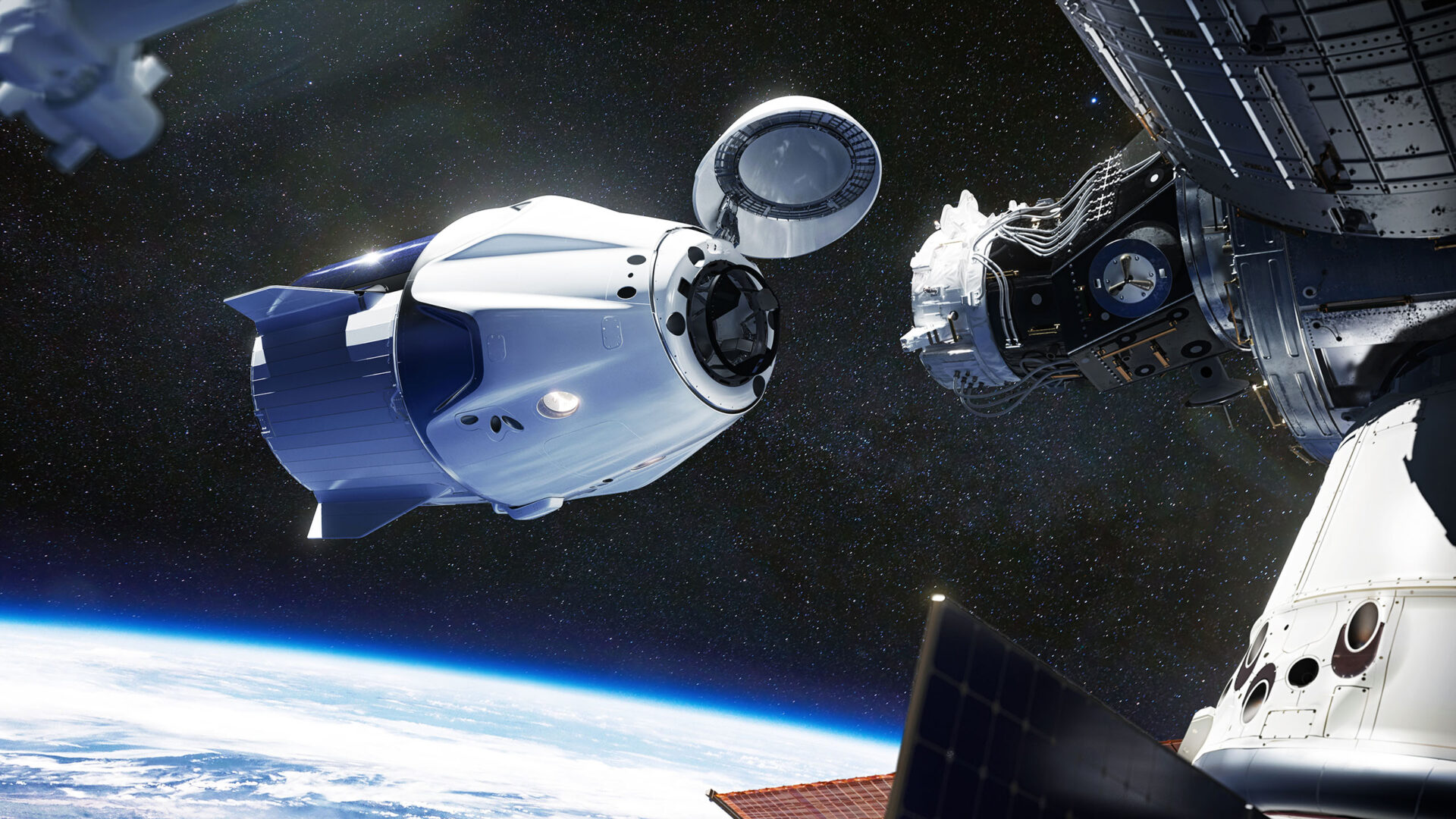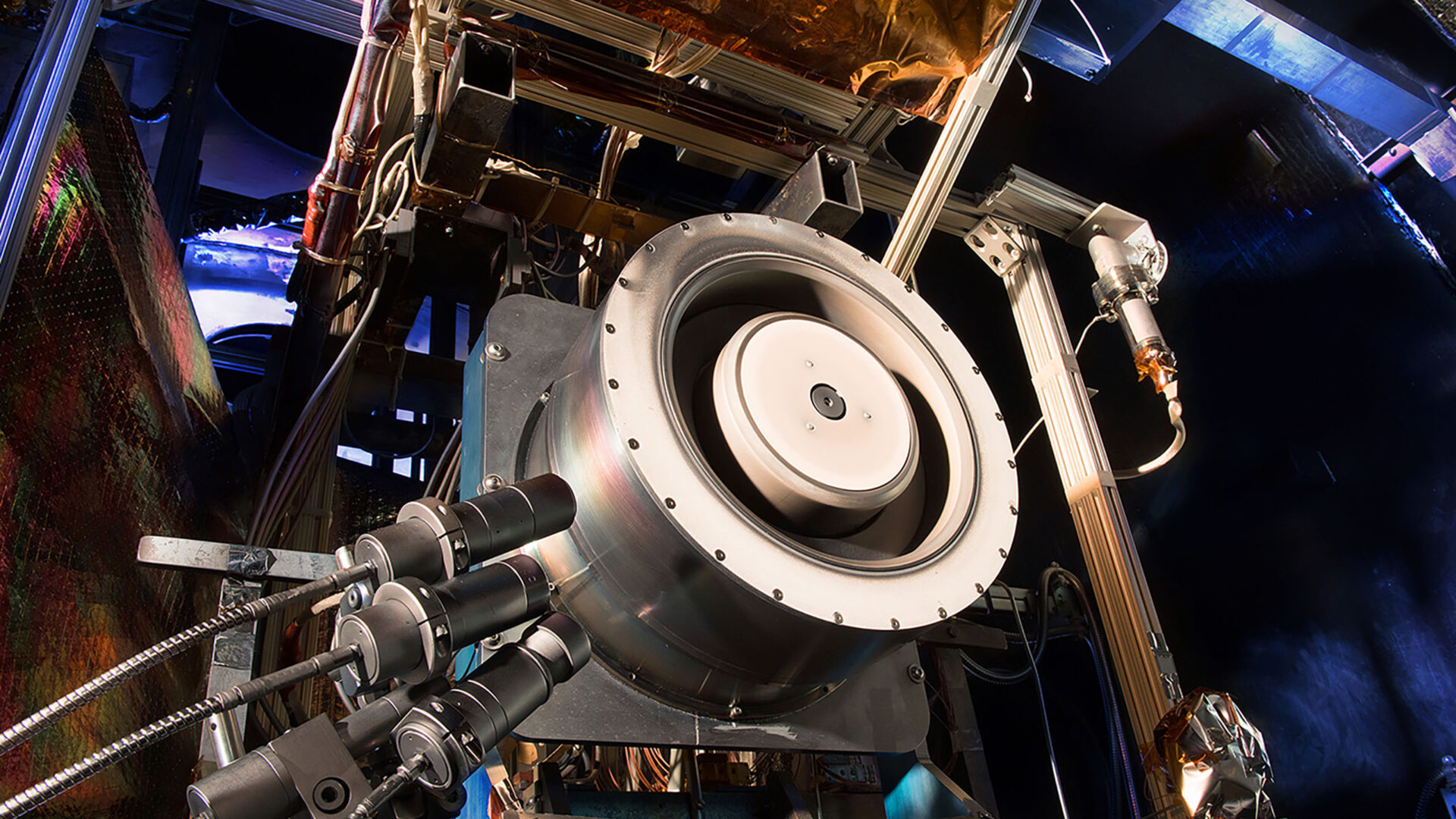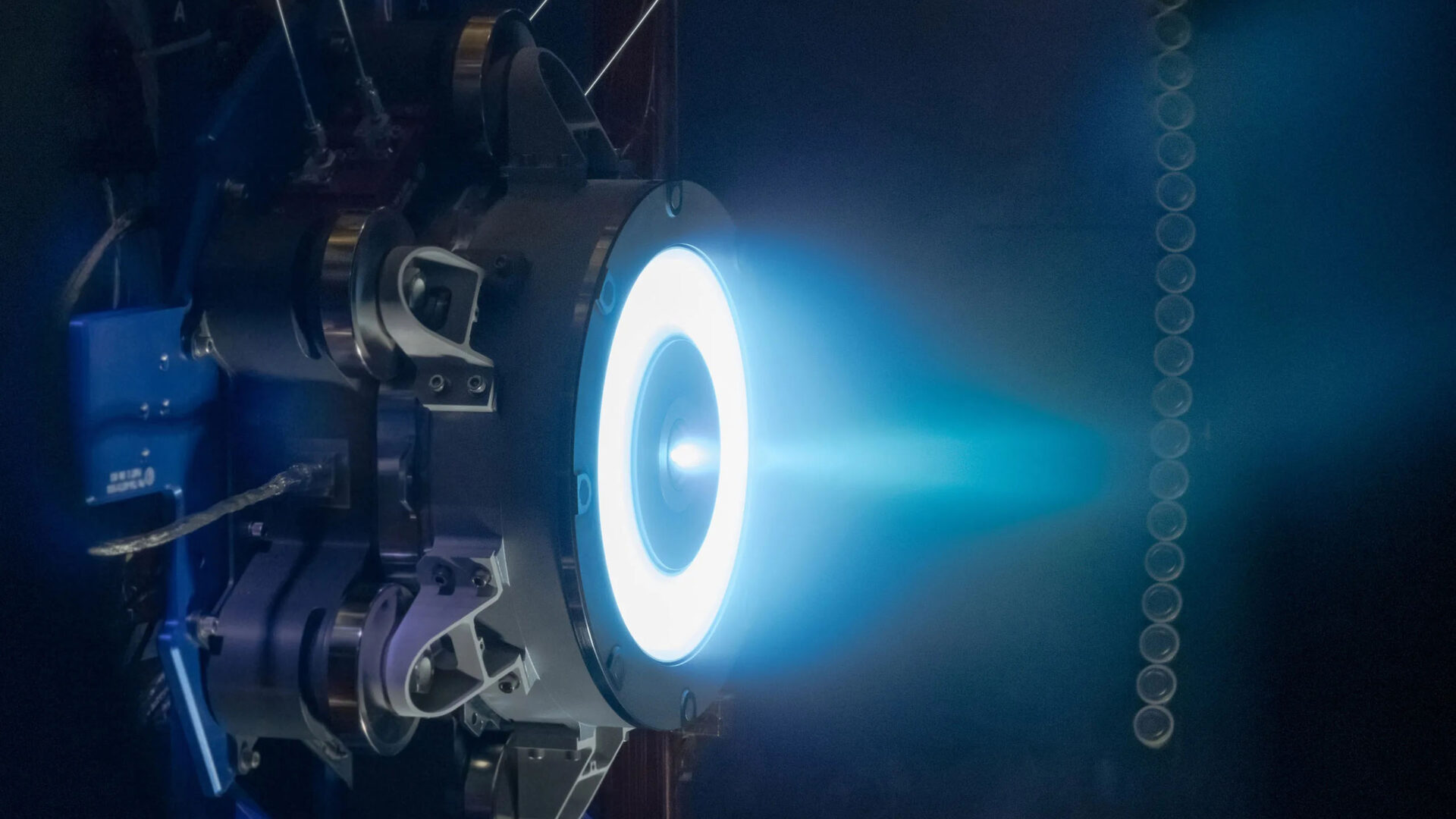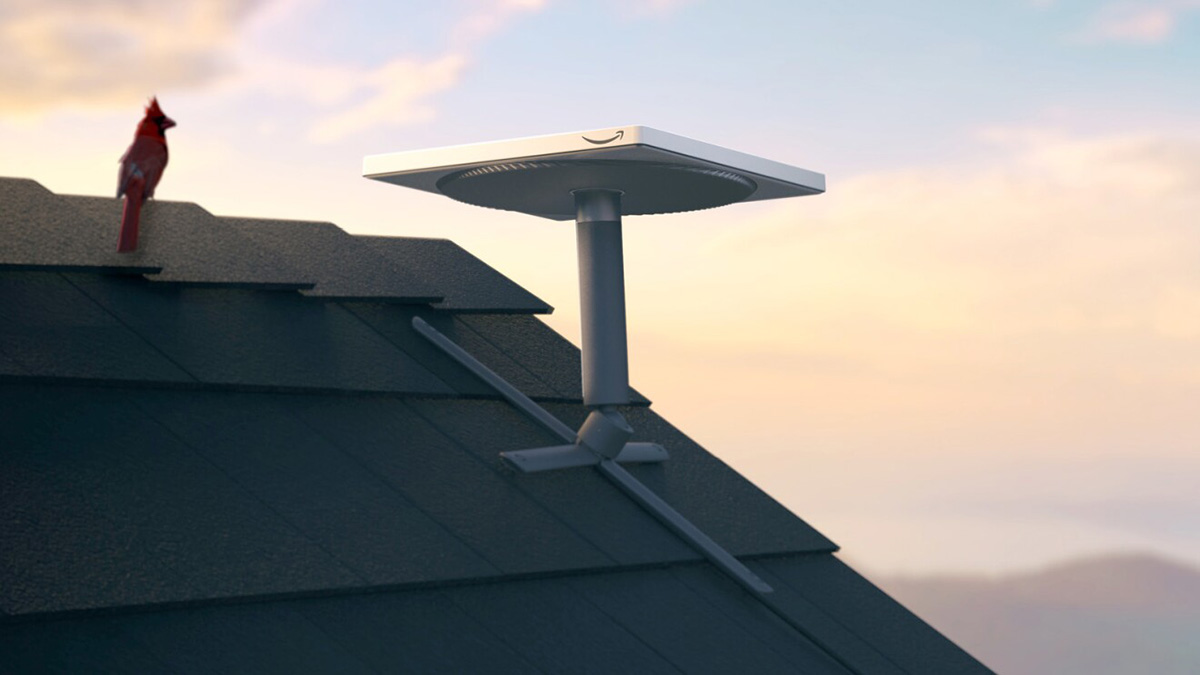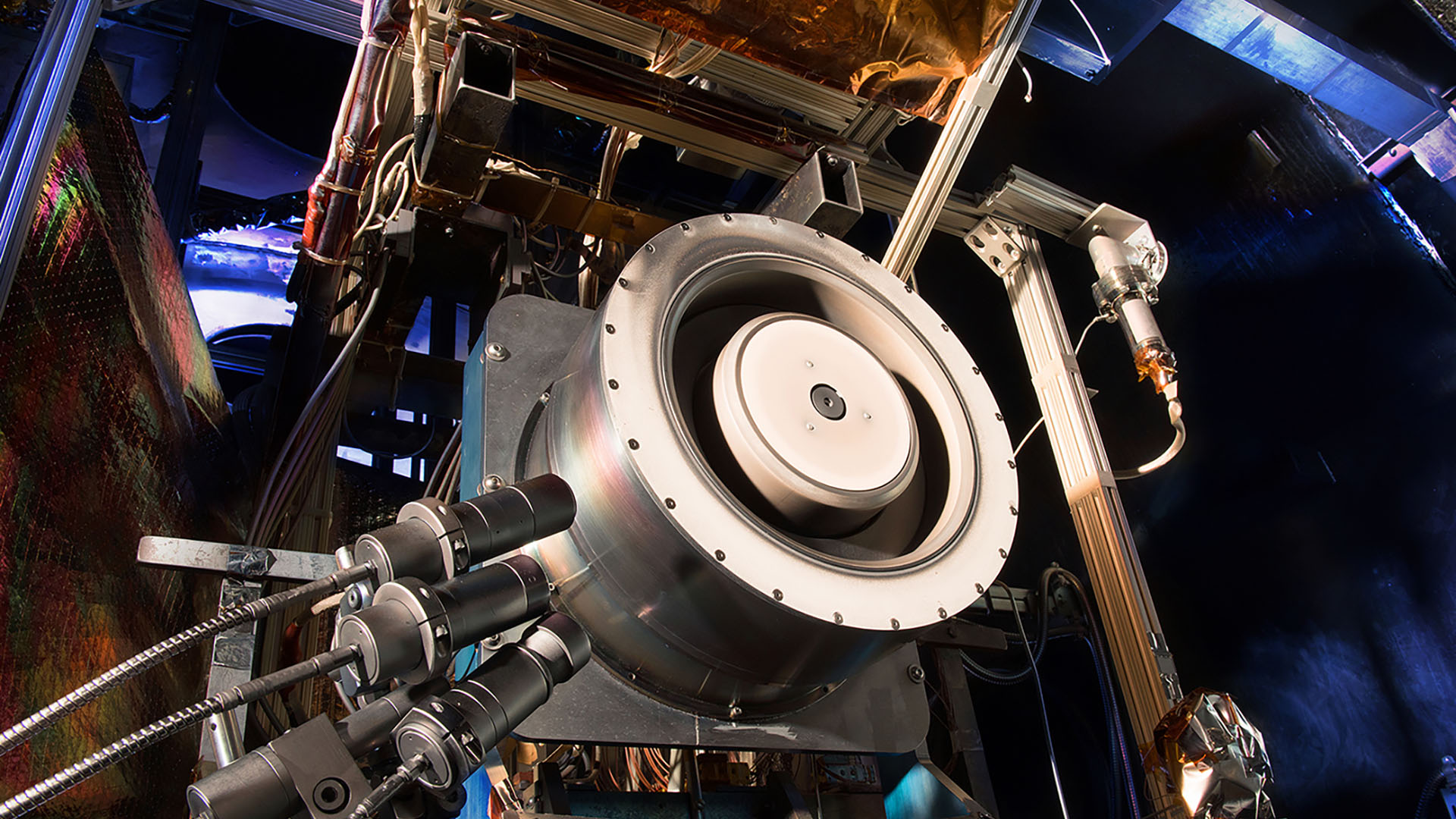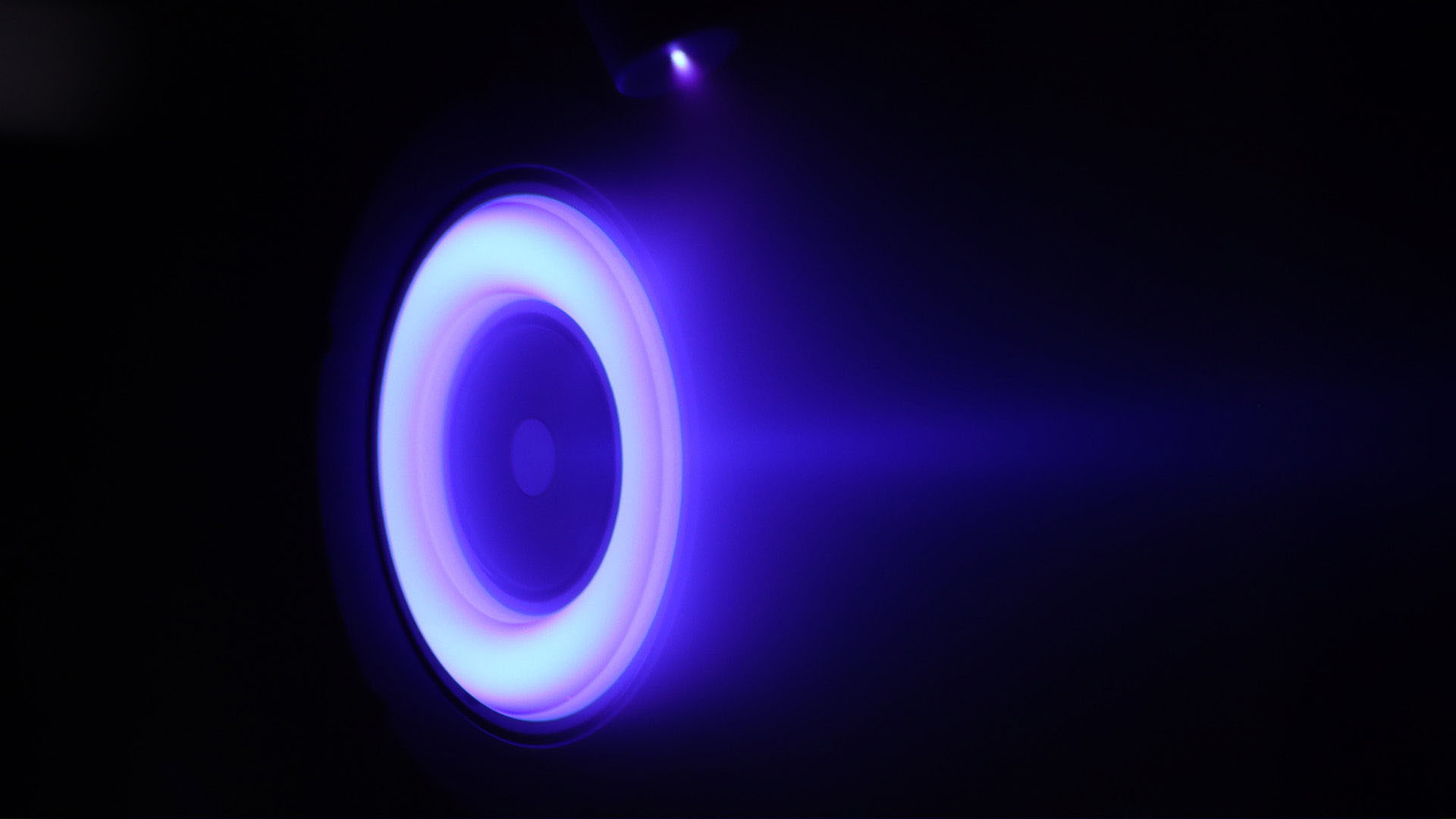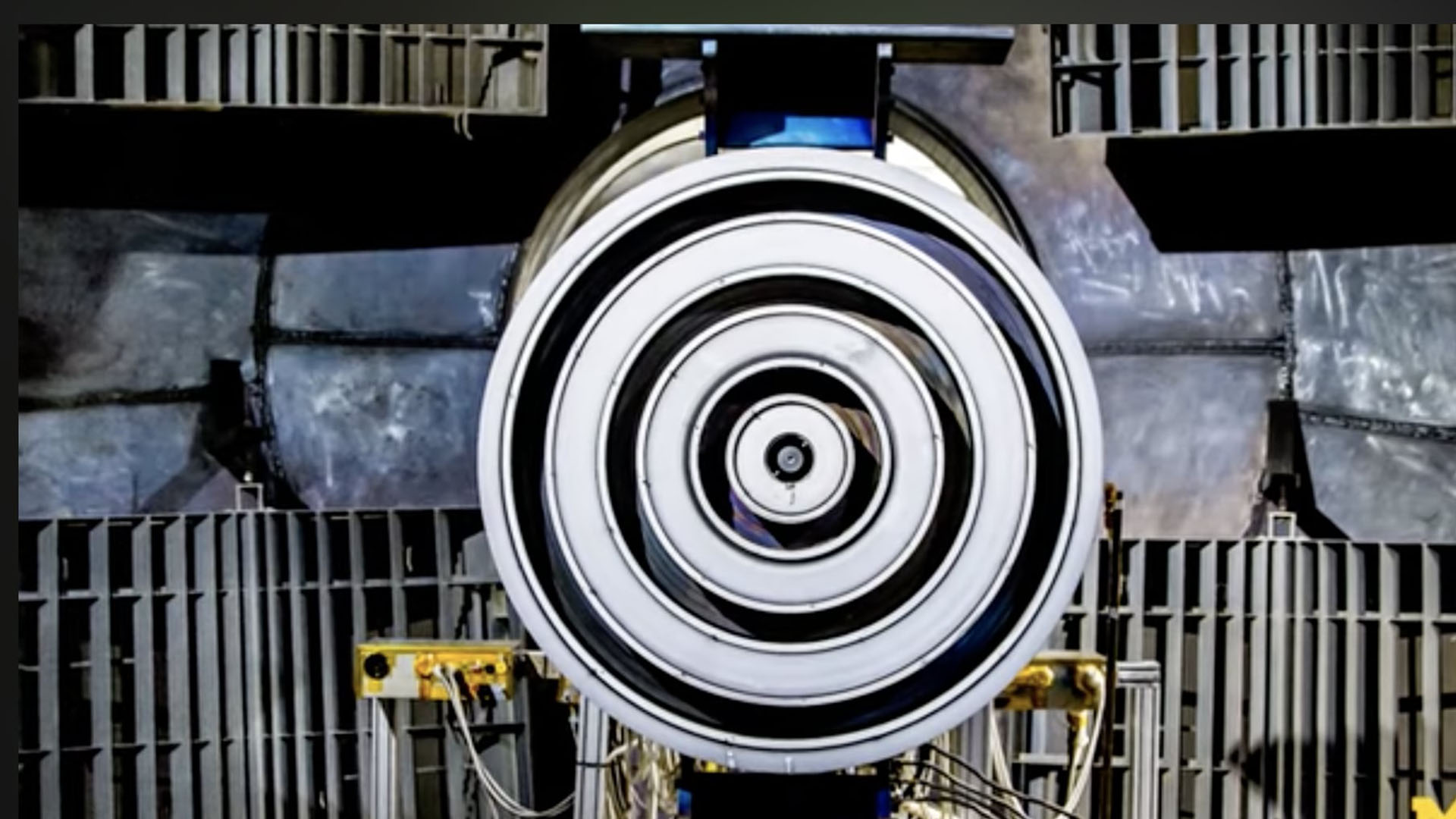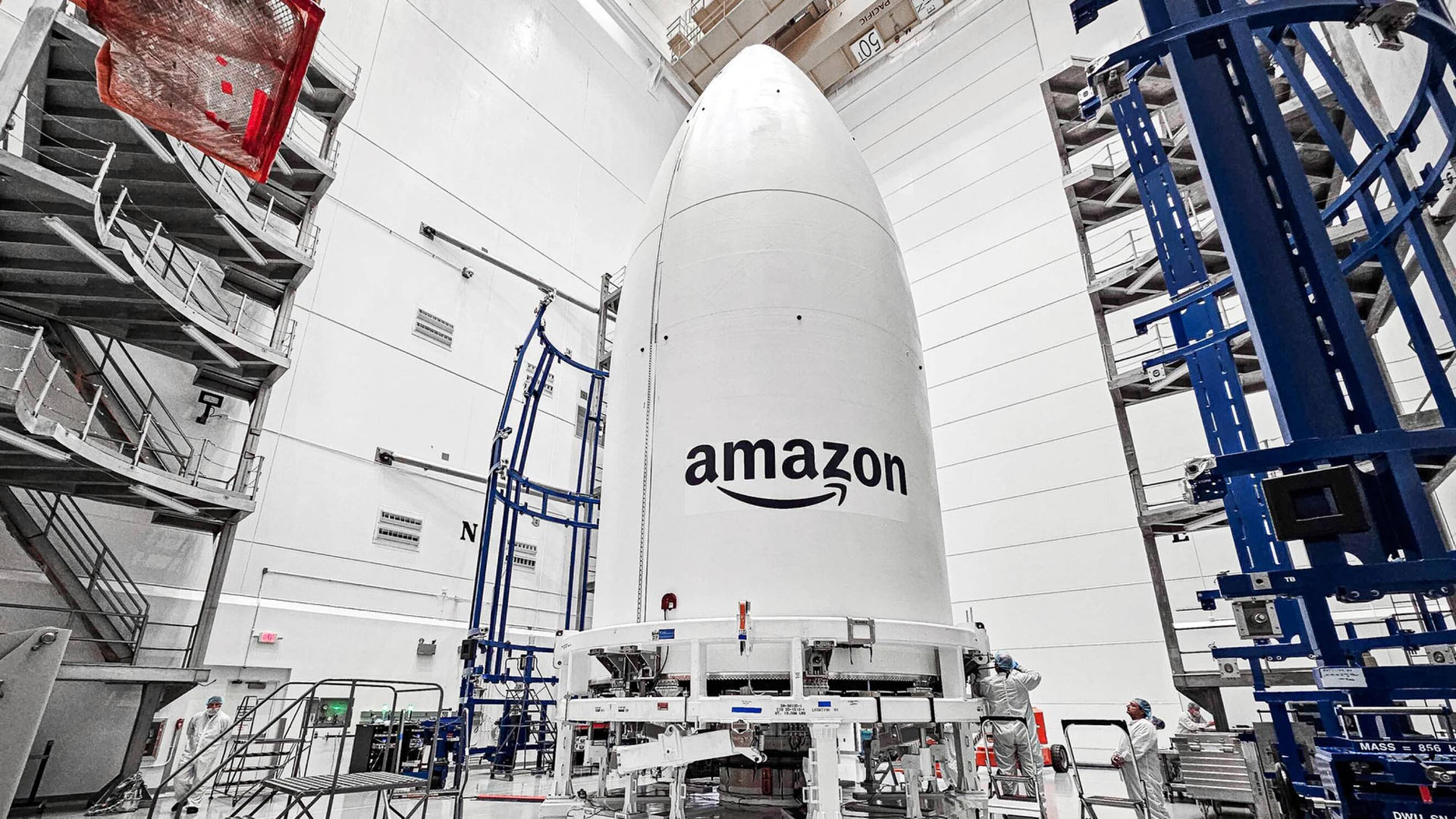Amazon Satellite LEOsat Service—Amazon confirms that Australia will be one of the first countries to be offered access to the recently launched Kuiper low-earth orbit satellite (LEOsat) service.
Contents
Amazon Kuiper Satellite – The announcement follows a symposium in Sydney last week detailing the shortly anticipated rollout after the initial launch. Head of Asia, Pacific and Japan for Kuiper Commercial Services Hannah Williams stated at the Amazon event that Australia will be the first to host various demonstration sites for the satellite service, which will be tightly integrated with the AWS cloud offerings.
Hannah Williams explained that Amazon was in the process of installing infrastructure at hundreds of sites worldwide, including Australia and New Zealand. Each satellite gateway will have a direct link to Amazon Web Services’ could infrastructure.
“Australia will be the first to host various demonstration sites for the satellite service”
Hannah Williams – Head of Asia, Pacific and Japan for Kuiper Commercial Services
The new services and infrastructure provided was a “big bet” for Amazon, but “Together, Amazon and AWS have the infrastructure and the resources to deliver on our mission,” she said.
Customer trials will begin in the latter part of 2024, and commercial services will follow soon after in early 2025, with the initial launches in North America, Europe and Japan, followed closely by Australia.
Amazon Principal Solutions Architect at Kuiper, Nick Matthews, also stated that the rollout and availability will progress in line with the sequential launch of the Kuiper satellites, eventually forming 3 shells 590km, 610km and 630km away from Earth. Bands of dense coverage will initially be available at around 52 degrees N latitude, serving the US-Canada border, Central Europe, and Japan. Coverage will extend towards and across the equator as more satellites are launched.

Manufacturing the Amazon Kuiper Satellite
Amazon has significant in-house manufacturing experience, which will bring to the forefront the production of this Amazon Kuiper Satellite project’s equipment, significantly reducing any upfront manufacturing costs. The company has been able to reduce the cost of the mid-range terminal equipment down to around US$400.
Amazon’s ability to scale its resources is evident as it takes the approach of manufacturing everything from the ground up. The company can even design and manufacture its own chips, as seen with the AWS Graviton and Inferentia.
Currently, there are 2 prototype satellites in space. The company said this pair of Kuiper prototype satellites “completed multiple successful” laser link demonstrations. During the tests, the Kuiper prototype satellites maintained links that transferred data at 100 gigabits per second (Gbps) over a distance of nearly 999.5km between the spacecraft.
Whether located in Sydney or Melbourne, once data traffic hits the network core, it can be sent to the external WAN internet or remain private within the AWS network and routed into the private virtual network of an organisation.
“Kuiper prototype satellites maintained links that transferred data at 100 gigabits per second (Gbps) over a distance of nearly 999.5km between the spacecraft”
Michael Sheetz – CNBC
Amazon plans to offer three terminals with different performance capabilities, beginning with a Raspberry Pi case-sized 17x17cm terminal capable of up to 100Mbps, a 23x23cm 400Mbps terminal, and an enterprise-grade 76x50cm terminal capable of 1Gbps and equipped with dual antennas.
Expected Internet Speeds
The system is being designed to balance performance, affordability, and reliability. This will also allow choice and flexibility through a range of different plans.
- The Smaller Plans and ultra-compact models are expected to deliver speeds up to 100 Mbps
- The Standard Plans will deliver up to 400 Mbps
- Enterprise Plans will deliver up to 1 Gbps, with these largest models intended for enterprise, government, and telecommunications applications.
Low Earth Orbit (LEO)
LEO is an area of space that extends up to 2000 kilometres (about 1243 miles) above Earth. Project Kuiper satellites will orbit between 590 and 630 kilometres (about 367 and 392 miles). These satellites’ proximity to the surface of the Earth means they can deliver fast service to customers, making Project Kuiper connectivity effective for uses like video calls, gaming, and high-definition streaming.
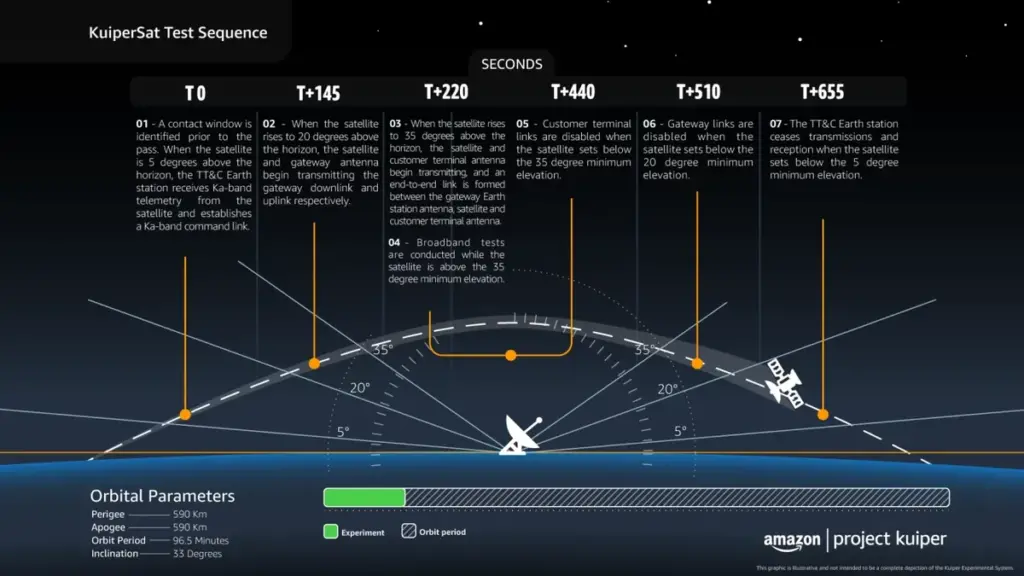
Connectivity
Due to the relatively inexpensive cost of the terminal equipment, the low-orbit path of the satellite systems, and the network’s proximity to the earth’s surface, accessing the network will be as simple as activating a small portable antenna and connecting to the network — much like hot-spotting your mobile phone.
Amazon Kuiper Satellite – Project Kuiper
The Amazon Kuiper Satellite project aims to increase global broadband access via a constellation of 3236 satellites in low Earth orbit (LEO). Its mission is to bring fast, affordable broadband to unserved and underserved communities worldwide.
Hundreds of millions of people on Earth lack reliable internet access. Project Kuiper will help close the digital divide by delivering fast, affordable broadband to many customers, including consumers, businesses, government agencies, and other organizations operating in places without reliable connectivity.
“The Amazon Kuiper Satellite project aims to increase global broadband access via a constellation of 3,236 satellites in low Earth orbit (LEO).”
Amazon will deploy thousands of satellites in low Earth orbit (LEO) linked to a global network of antennas, fibre, and internet connection points on the ground.
These satellites are equipped with inter-satellite links, enabling backbone speeds of over 100Gbps and communication streams of over 1000km, thus creating a “space backbone over Earth”.
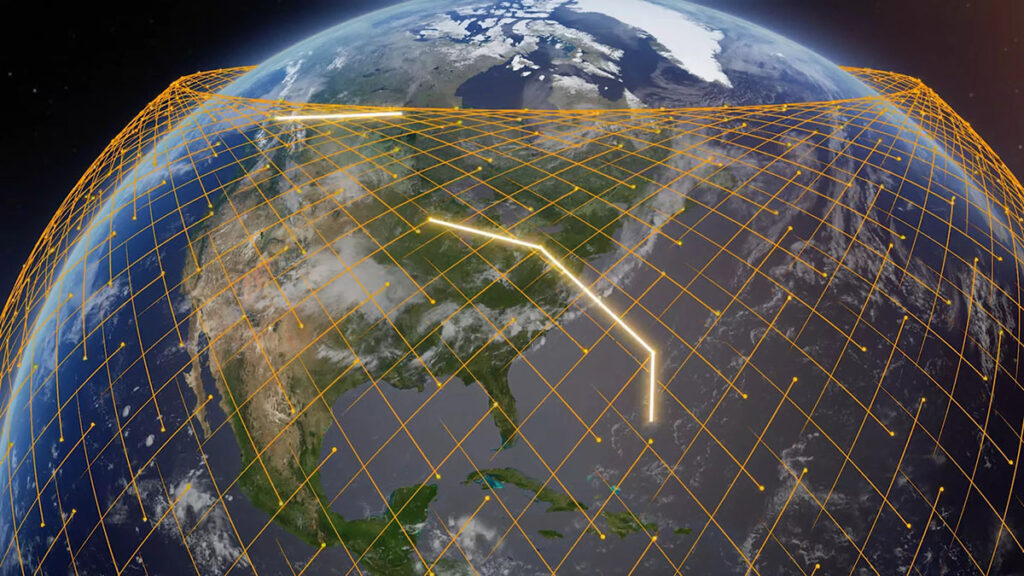
Krypton Powered Thrusters
SpaceX and Amazon have contracted three Falcon 9 launches to support the Kuiper project. The Amazon Kuiper satellites were designed from the beginning to allow for multiple launch locations and providers. This ensures the project remains on schedule, regardless of the risk factors involved with rocket launching. It also ensures that the plan moves faster in its mission to connect unserved and underserved communities around the world.
SpaceX’s Falcon 9 is a reusable, two-stage launch vehicle designed for the reliable and safe transport of people and payloads into Earth orbit and beyond. To date, it has completed more than 270 successful launches.
The satellites are designed with electronic propulsion systems — a custom Hall-effect thruster designed and built in-house by the Project Kuiper team and a propellant tank that holds enough Krypton propellant for the mission.
“krypton-fueled Hall thrusters for position-keeping and deorbiting”
The result is that the propulsion system has the performance and capacity required to raise satellites to their assigned orbits following launch and deployment, maintain their position in those orbits, maneuver them to avoid space debris and other spacecraft, and actively deorbit them at the end of their missions.
The Digital Divide
When using technology and computers in everyday life, it is easy to forget that a significant percentage of the earth’s population cannot access the Internet or technology services. Many people do not have the skills or affordability to use computers and technology, creating a digital divide between the haves and the have-nots.
One use case highlighted at the event was digital inclusion, with Bronwyn Dodd, Westpac’s national general manager of indigenous banking, featured as a keynote speaker. Dodd revealed that Westpac was discussing with Amazon the potential use of Project Kuiper to deliver services to remote indigenous communities.
-
Who will Project Kuiper help connect?
Billions of people around the world don’t have reliable broadband access. Poor connectivity means limited access to modern communications, education, health services, and other important resources, which can create an economic disadvantage for unserved and underserved communities. At the same time, the network will also serve a wide range of customers, including schools, hospitals, businesses, government agencies, and others operating in places without reliable connectivity. Project Kuiper plans to deploy service to many countries around the globe.
-
Why is Amazon taking this on?
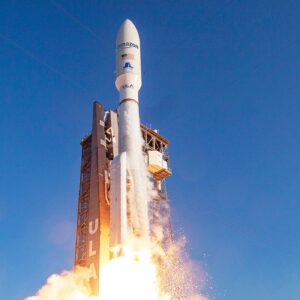
You don’t have to travel far from major cities to lose internet connectivity — it can happen within a 60-minute drive from Amazon’s headquarters in Seattle. Cost, complexity, and geography can make it difficult to install traditional, ground-based fibre and wireless connectivity solutions in these areas.
Satellite broadband can fill many of those coverage gaps, but developing and deploying satellite technology requires significant innovation and investment. Amazon has the people and resources required to deploy and operate global satellite broadband services, and we feel a responsibility to use our success and scale to help bridge the digital divide. -
When did Amazon start Project Kuiper?
Amazon began research and development on the Amazon Kuiper Satellite Project in 2018. In July 2020, the U.S. Federal Communications Commission (FCC) granted Amazon a license to deploy and operate Project Kuiper satellites.
-
When will Project Kuiper service be available?
Amazon Kuiper Satellite project is a long-term initiative. Our FCC license requires that we deploy and operate at least half of our satellite constellation by July 2026. We launched our first 2 prototype satellites on October 6, 2023, and we expect to provide service to the earliest Project Kuiper customers by the end of 2024.
-
Why is it called Project Kuiper?
Amazon Kuiper Satellite Project started off as an internal code name for the program—and it stuck. The name refers to the Kuiper Belt, a region of the solar system that exists beyond the 8 major planets. The Kuiper Belt itself is named after the late Dutch astronomer Gerard Kuiper, who is considered by many to be the father of modern planetary science.
-
How many people work on Project Kuiper?

Amazon has a team of more than 1000 engineers, programmers, and support personnel helping deliver on the vision for the Amazon Kuiper Satellite Project. Team members joined from many different industries, such as space and aerospace, wireless technology, and computer networking. They work out of our labs in Redmond and Kirkland in Washington state, as well as in cities across the U.S., like New York City, Austin, Denver, San Diego, and Washington, D.C., and internationally.
Application Examples
- End-to-end Encryption for Private Networking
- Data Transit Worldwide without Touching Public Internet
- Cruise Ship High-Speed Internet in the Middle of Ocean
- Commercial High-Speed Video between Sites
- Enterprise Grade Government Encrypted Communications
- Amazon Kuiper Satellite System to Lead Easy Global Internet Access

